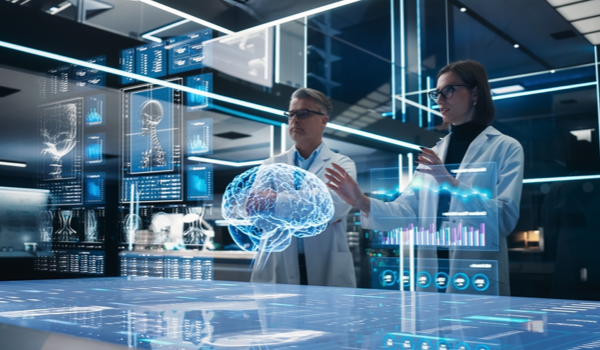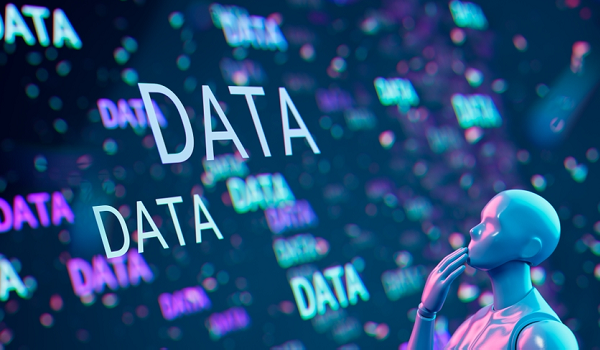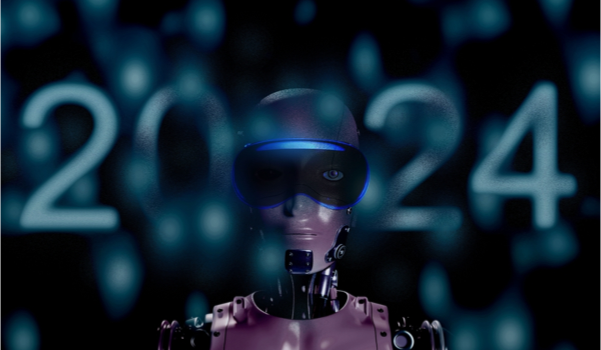


CAMBRIDGE, MASSACHUSETTS - One could talk about how ChatGPT responds when prompted about economic development strategies, but this would not be very interesting or insightful: It basically just regurgitates reasonable but mediocre ideas that it has seen in its training set. ChatGPT’s design, however - which has given it far greater capabilities than its creators anticipated - offers a valuable lesson for tackling some of the complexities of economic development.
For more than a decade, deep neural networks (DNNs) have outperformed all other types of artificial intelligence (AI) technology, driving significant advances in computer vision, speech recognition, and translation. The emergence of generative AI chatbots like ChatGPT continues this trend.
To learn, AI algorithms require training, which can be achieved through two main approaches - supervised and unsupervised learning. In supervised learning, humans provide the computer with a set of labeled pictures such as ‘dog,’ ‘cat,’ ‘hamburger,’ ‘car,’ and so on. The algorithm is then tested to see how well it predicts the labels associated with images it has not yet seen.
The problem with the supervised approach is that it requires humans to go through the tedious process of manually labeling every picture. By contrast, unsupervised learning does not rely on labeled data, which solves some problems but creates others - the absence of labels often raises the question of what the algorithm is supposed to learn. To address this, ChatGPT trains the algorithm to simply predict the next word of the text that is used to train it.
Predicting the next word may seem like a trivial task, akin to the auto-complete function in Google Search. ChatGPT’s model, however, takes this to the next level by enabling it to perform highly complicated tasks, such as passing the bar exam with a better score than most high-perf
The content herein is subject to copyright by Project Syndicate. All rights reserved. The content of the services is owned or licensed to The Yuan. The copying or storing of any content for anything other than personal use is expressly prohibited without prior written permission from The Yuan, or the copyright holder identified in the copyright notice contained in the content. Continue with Linkedin
Continue with Linkedin
 Continue with Google
Continue with Google







 749 views
749 views










